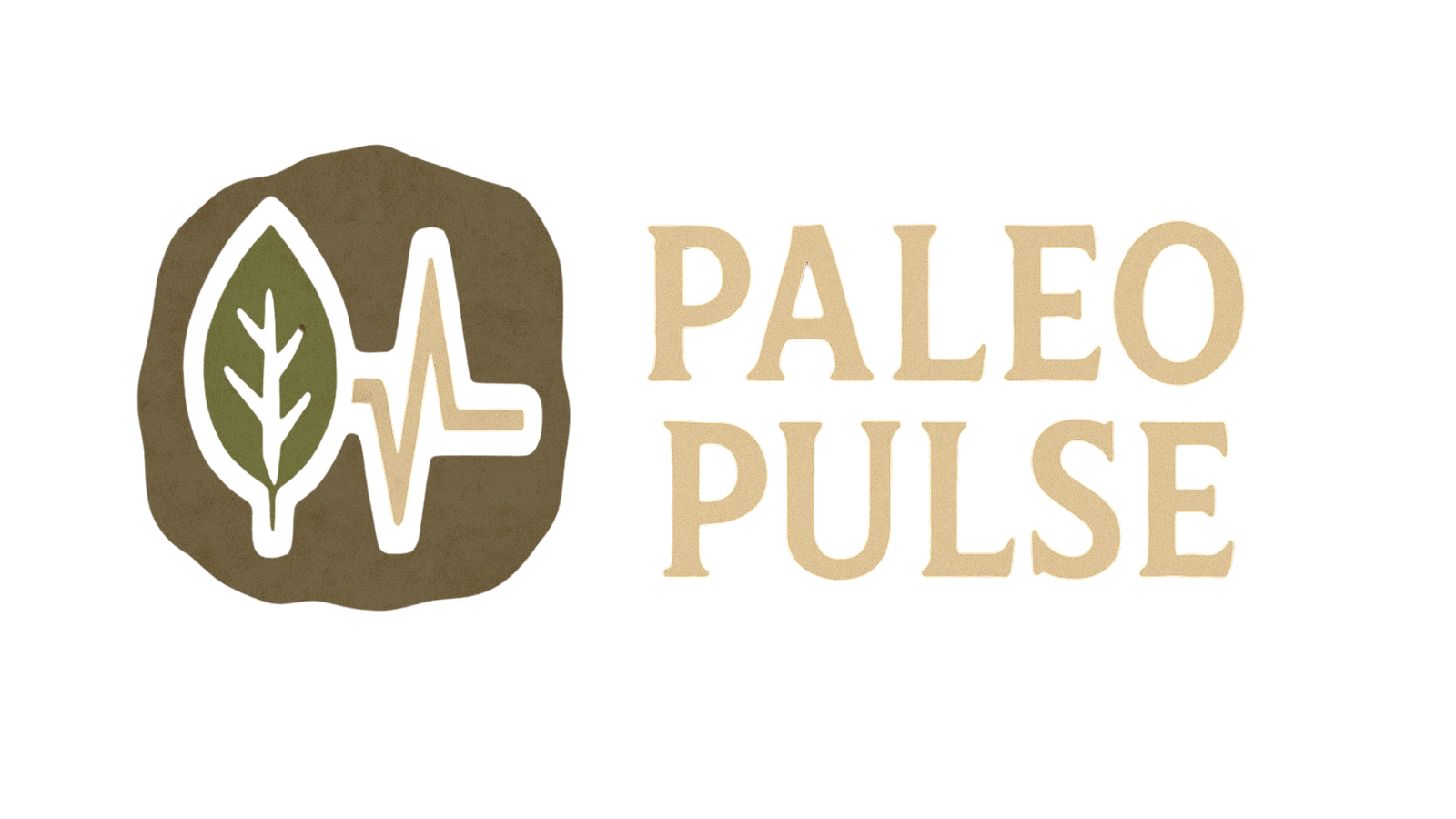The Paleo diet has gained popularity for its back-to-basics approach: eat like our ancestors, ditch the processed junk, and fuel your body with real food. But is the Paleo diet actually healthy — or just another trend in the wellness world?
Let’s break down the research, the benefits, and the critiques to give you a clear, evidence-informed view.
What Is the Paleo Diet?
At its core, the Paleo diet focuses on eating whole, unprocessed foods that mimic what humans might have eaten during the Paleolithic era — before agriculture and industrialized food.

- Grass-fed meats, wild-caught seafood
- Eggs
- Vegetables and fruits
- Nuts and seeds (except peanuts)
- Healthy fats like olive oil, avocado, and coconut

- Grains and legumes
- Dairy (except sometimes grass-fed butter)
- Refined sugar and sweeteners
- Processed foods and seed oils
So… Is It Actually Healthy?
Let’s take a look at what the science says.
 1. It Improves Blood Sugar and Insulin Sensitivity
1. It Improves Blood Sugar and Insulin Sensitivity
Several studies have shown that Paleo can improve glucose tolerance, reduce fasting blood sugar, and help regulate insulin — especially for those with metabolic syndrome or type 2 diabetes.
A 2009 study in Cardiovascular Diabetology found that participants with type 2 diabetes who followed a Paleo diet had significantly better blood sugar control compared to a standard diabetic diet.
 2. Supports Weight Loss and Reduces Inflammation
2. Supports Weight Loss and Reduces Inflammation
Because Paleo naturally cuts out processed foods, sugar, and empty carbs, many people experience weight loss without counting calories.
A 2015 meta-analysis published in The American Journal of Clinical Nutrition found that the Paleo diet led to greater short-term improvements in weight, waist circumference, and cholesterol levels than other healthy diets.
Plus, the emphasis on anti-inflammatory foods — like leafy greens, omega-3-rich fish, and antioxidant-packed berries — may help reduce chronic inflammation.
 3. Better Heart Health Markers (But More Research Needed)
3. Better Heart Health Markers (But More Research Needed)
Some studies show that Paleo eaters have improved triglyceride levels, lower blood pressure, and better cholesterol ratios — all signs of cardiovascular health.
However, critics note that long-term studies are limited, and Paleo can be high in saturated fat if not done mindfully.
Bottom line: Choose healthy fat sources (like avocado, olive oil, and wild-caught salmon) instead of relying heavily on red meat and bacon.
 4. It Encourages Nutrient-Dense Eating
4. It Encourages Nutrient-Dense Eating
The Paleo diet is naturally rich in vitamins, minerals, fiber, and quality protein. You’re eating foods your body can recognize and digest — without artificial additives or preservatives.
Pro tip: The variety in a well-rounded Paleo diet can support gut health, muscle maintenance, and even better sleep.
 Common Criticisms (And How to Address Them)
Common Criticisms (And How to Address Them)
Critics of Paleo often raise concerns about eliminating food groups like whole grains and legumes. These foods can provide fiber and nutrients, but they also contain antinutrients like lectins and phytic acid — which may hinder absorption for some people.

 So… Should You Try Paleo?
So… Should You Try Paleo?
If you’re looking for a whole food-based, anti-inflammatory approach to eating that supports stable energy, lean muscle, and gut health — Paleo is worth exploring.
Just make sure to:
- Listen to your body and personalize your plate
- Prioritize variety to avoid nutrient gaps
- Focus on food quality (grass-fed, organic when possible)
 Paleo Pulse Tip:
Paleo Pulse Tip:
Don’t treat Paleo as a strict rulebook. Think of it as a framework for intentional eating — one that supports your body’s natural design.
 Final Takeaway
Final Takeaway
Yes — the Paleo diet can be healthy when it’s built around nutrient-dense, whole foods and healthy fats. Like any approach, it works best when tailored to you and your lifestyle.


Leave a Reply